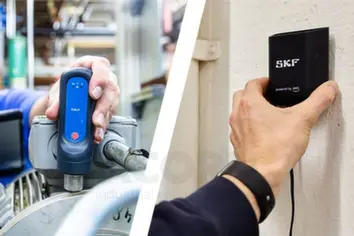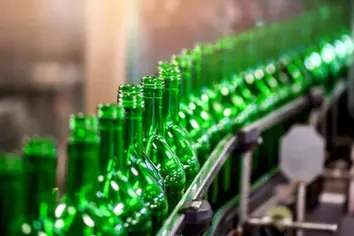There are many types of packaging which can be broken down into primary and secondary packaging. Primary packaging is the materials that physically touches the product, such as the bottle that holds the soft drink. The secondary packaging is used to transport the product, or to group multiple smaller products together so they can be sold in bulk, for example a multipack crisp packet.
Applications used in the packaging industry include:
- Cartoning
- Conveyors
- Food processing
- Labelling
- Packing
- Palleting
- Vacuums
Challenges in the packaging industry:
The packaging industry is extremely diverse, with a vast range of products to be packaged, as well as packaging types and materials. This means that businesses must be skilled in a wide range of techniques, and be able to quickly adapt to new processes, in order to be successful.
Packaging applications are often forced to operate in challenging conditions, such as heat or humidity. This can cause components to fail prematurely, causing costly downtime to the business. Any components used on packaging machines need to be suitable for the environmental conditions that they will be subjected to, to avoid unnecessary machine breakdown.
In today’s increasingly consumerist society, demand for produce is rising at an alarming rate. This means that machines are forced to run longer and faster than ever before, putting high levels of demand on machine components. Any component failure could lead to hours of expensive downtime and huge production losses for the business, so components need to be reliable, with a long service life.
As demand increases, calls for sustainable packaging are also increasing. Businesses need to switch their focus over to developing recyclable packaging which has a low environmental impact if they want to continue their success. This also applies to machine components. For a fully sustainable supply chain, all components used to produce packaging should also be sustainable. ACORN can help with this.




